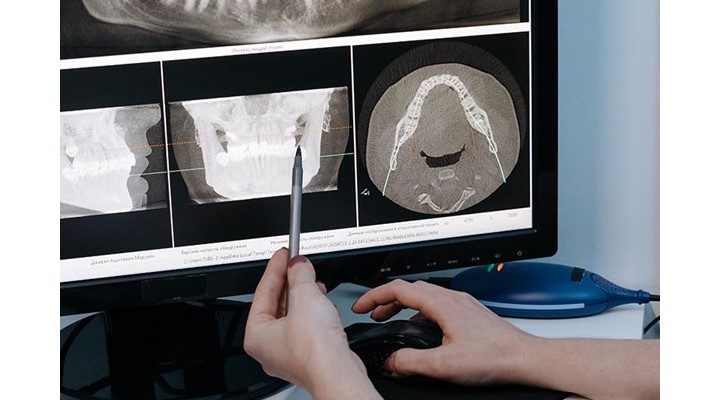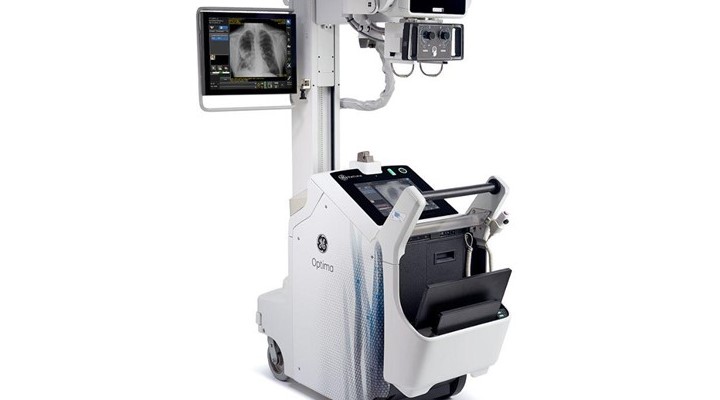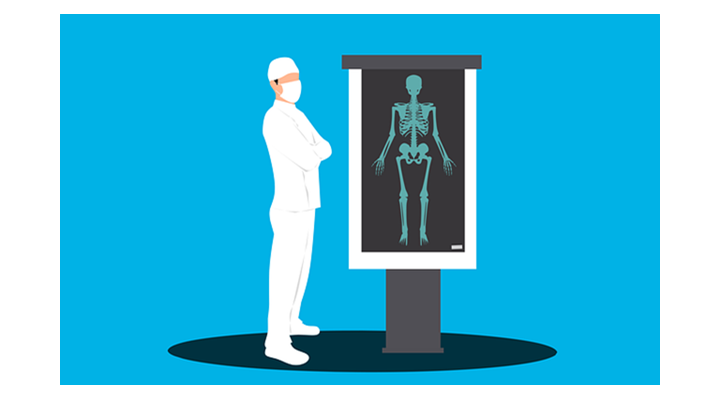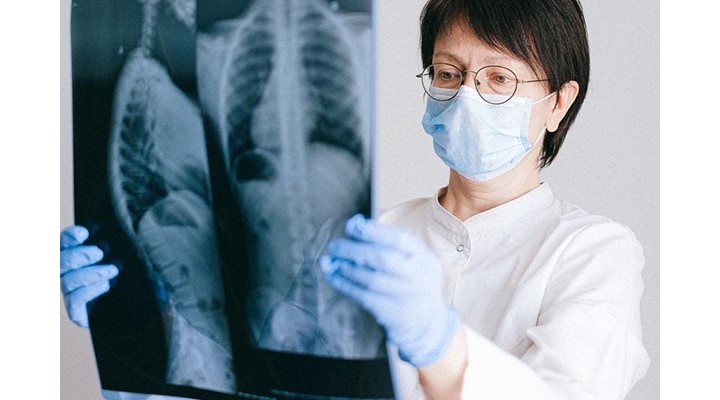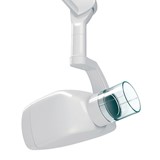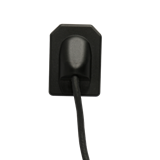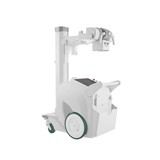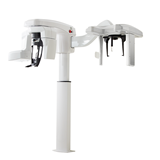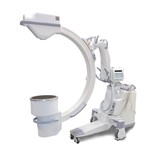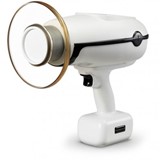Electromagnetic radiation has long been used in medicine, and thanks to the advancements in technology, x-ray units have come a long way.
X-rays were first discovered in 1895 by Wilhelm Rontgen. By 1896, the professor realized that X-rays could be applied in the field of medicine, and they were first employed by John Hall-Edwards in England in the same year. He radiographed his assistant’s hand with a needle stuck in it.
By 1905, hazards had been discovered, and throughout the 20th century, the x-ray machines have undergone a variety of changes. Today, they are much safer, clearer, and accurate as compared to older units.
There are machines designed for separate application areas, ranging from dental X-ray units to veterinary x-ray machines. If you are planning on buying an X-ray unit, there are several options available. Selecting the right one is a bit more difficult, primarily due to the array of features to choose from.
Here are 5 important things to look for in an x-ray unit.
1. Digital or Analogue?
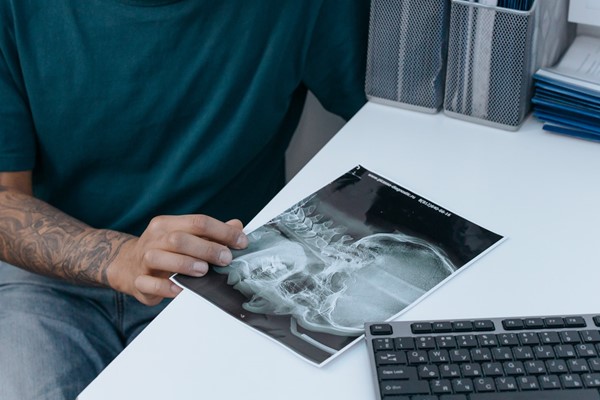
The first thing you will have to decide is whether to opt for a digital or an analog x-ray machine. Digital x-rays are now commonly used in medical applications. They reduce exposure to radiation and streamline the workflow significantly.
As soon as the examination is complete, the doctor can view the x-ray on a monitor and process it. While the analogue x-ray is also relatively safe, the number of x-rays produced through a digital unit is 80% less than an analogue machine. The doctor can view the x-ray on a x-ray viewer.
On top of that, digital x-ray units are cost-effective. You do not have to spend any money on film when you have a digital unit. It is remarkably like the modern digital cameras, in a way. You do not have to keep count about the number of photos that can be stored on film anymore.
More importantly, with a digital x-ray machine, you can store all the images online, without having to worry about the film degrading over the passage of time. With an analogue machine, copies must be kept separately, and no matter how well they are stored, the image will degrade over time.
2. The X-Ray Software
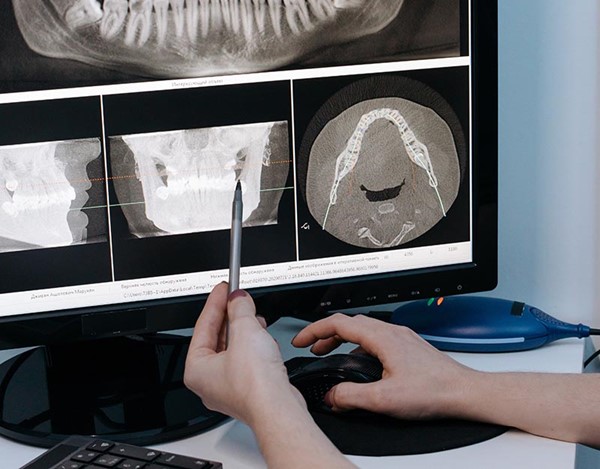
Before you buy an x-ray unit, you must check whether it can integrate into the software being used at your current practice. For instance, does the software integrate well with the operating system your computer is using? Since 1995, x-ray images have been using the DICOM format. It stands for Digital Imaging and Communications in Medicine.
Thanks to DICOM, all digital imagery can be stored directly in the archive software used by your practice. The standard archiving solution employed by most practices is the Picture Archiving and Communication System (PACS). You will want to check if the manufacturer allows for system upgrades that add more features.
3. Type of X-Ray Unit
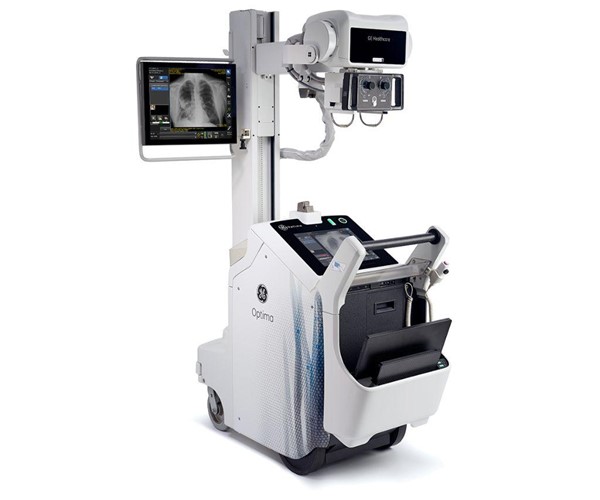
There are several options available when selecting an x-ray unit. However, to simplify the selection process, they have been divided into three main categories below.
Floor-Mounted Radiology Rooms
There are several subcategories in the floor-mounted category, such as a U-arm X-ray or a Straight Arm X-ray, but all of them generally share a few similarities.
Powerful Generators
Floor-mounted units have much more powerful generators than mobile x-ray units. This allows for examining heavier patients and cross-table diagnoses without compromising the image quality.
Fixed Units
These units must be fixed firmly to the floor. The degree of flexibility offered by each unit varies depending on the equipment, such as elevating tables.
Greater Flexibility
Compared to a portable unit, the degree of flexibility offered by floor-mounted units is much higher. Certain x-rays, like that of a sunrise knee, can simply not be carried out on a portable unit. The greater flexibility offered by the floor-mounted units makes conducting such studies a real possibility.
Ceiling-Mounted Radiology Rooms
As compared to floor-mounted units, the collimator and the tube are mounted on the ceiling instead of the ground. This is arguably the most versatile style of x-ray units available. They can be used in a variety of applications, such as:
- Ideal in high-volume facilities like hospitals
- Suitable for bariatric studies
- Suitable for weight-bearing studies
However, it is important to note that these units are also the most expensive. The cost of installation, service, and construction is considerably high when compared with other styles of x-ray units.
Portable X-Ray Units
Mobile x-ray units are the most affordable out of all, and they are generally designed to be moved around from one place to another. They are generally designed for simple applications.
They have low-powered generators and are generally designed for simple, one-on-one applications. Most large facilities usually have one that allows them to diagnose patients who are unable to move. You can also rent one to determine your needs before you decide to buy one.
4. Image Quality

A significantly important thing that you need to check before you decide to invest in an x-ray unit. Accuracy and precision are both critical factors that you need to consider before you select an x-ray machine.
The industry standard for most x-ray units is ±5% across the entire spectrum for all tests. Before you decide to make a purchase, it is important that you check the image quality of the x-ray unit. Since this is such an expensive undertaking, most manufacturers are more than happy to provide samples.
5. Time Optimization
The quality of care that your facility provides is affected by the system uptime. This will also impact the efficiency of your practice, and ultimately affect the profitability of your clinic.
Modern x-ray units can calculate almost all results with just a single exposure. All measurements, along with HVL, can be calculated with just one exposure.
The Bottom Line
When selecting an x-ray unit, it is important that you choose one that best fits the needs of your practice. You will want to make sure that you choose a durable x-ray machine that is going to last a long while. Simplicity is paramount, so if you are buying a machine for the first time, it would be a wise idea to look for one that has few moving parts.
These are just a few important factors to consider when buying an x-ray unit.

